Why Do We Explore? Simply Put, It Is Part Of Who We Are, And It Is Something We Have Done Throughout
Why do we explore? Simply put, it is part of who we are, and it is something we have done throughout our history. In “We Are the Explorers,” we take a look at that tradition of reaching for things just beyond our grasp and how it is helping us lay the foundation for our greatest journeys ahead. So what are we doing to enable exploration? We’re building the Orion spacecraft is built to take humans farther than they’ve ever gone before. Orion will serve as the exploration vehicle that will carry the crew to space, provide emergency abort capability, sustain the crew during the space travel, and provide safe re-entry from deep space return velocities. Orion will launch on NASA’s new heavy-lift rocket, the Space Launch System.
Also underway, is Astronaut Scott Kelly’s Year In Space. Kelly is living and working off the Earth, for the Earth aboard the station for a yearlong mission. Traveling the world more than 220 miles above the Earth, and at 17,500 mph, he circumnavigates the globe more than a dozen times a day conducting research about how the body adapts and changes to living in space for a long duration.
More Posts from Space-m17-blog and Others

A photo of S Rings, a ring near Saturn. Took by Cassini with COISS on March 04, 2013 at 08:56:39. Detail page on OPUS database.

Saturn, Cincinnati Observatory. _Popular astronomy_ 1860.

First time shooting the Perseid meteor shower. Definitely doing this again and I’ll try to get the Geminids in December as well. Finally edited and put these pictures together. This one turned out pretty good I think, I also have some more on my flickr account with better quality. There’s about 40 meteors here, captured from both nights and combined into one. Was up on Mt. Lemmon for both nights and started shooting from midnight to about 4am.
Let’s learn something about rocket science




White holes
White holes are hypothetically the complete opposite of a black hole; nothing can enter it. They appear in the theory of Eternal Black holes. Einstein field equations would position white holes in the past which is also the opposite of black hole regions placed in the future. The white hole shares the same properties as matter. It has a gravitational pull but objects traveling towards it would never reach the event horizon. The white hole event horizon in the past becomes a black hole event horizon in the future thus any object heading to the event horizon for the white hole will eventually end up on the event horizon on the black hole. Stephen Hawking made the argument that because black holes can be in a time-reversal-invariant state, this would imply that black holes and white holes are the same object. The Hawking radiation from the black hole is identified being emitted from the white hole.
There is much much more to white holes than this and many different theories. I like the idea of a white hole being the output for the black hole forming an Einstein-Rosen bridge. However, there are currently no known processes for how white holes are formed, they are not like a black hole which is formed from the collapse of a very large object.
A great paper to help you understand one of the current white hole theories is found on thins like http://arxiv.org/vc/arxiv/papers/1105/1105.2776v1.pdf


Infared Saturn This (false color) infrared image was taken with Hubble’s Near Infrared Camera and Multi-Object Spectrometer (NICMOS).
Credit: NASA/Hubble

May 14, 2009 – A close-up view of astronaut John Grunsfeld performing spacewalk to do some maintenance on the Hubble Space Telescope, photographed by Andrew Feustel, who can be seen in Grunsfeld’s visor.
(NASA)
New video! Dark nebulae in a nutshell!
Follow Evanthorizon for more astronomy posts!


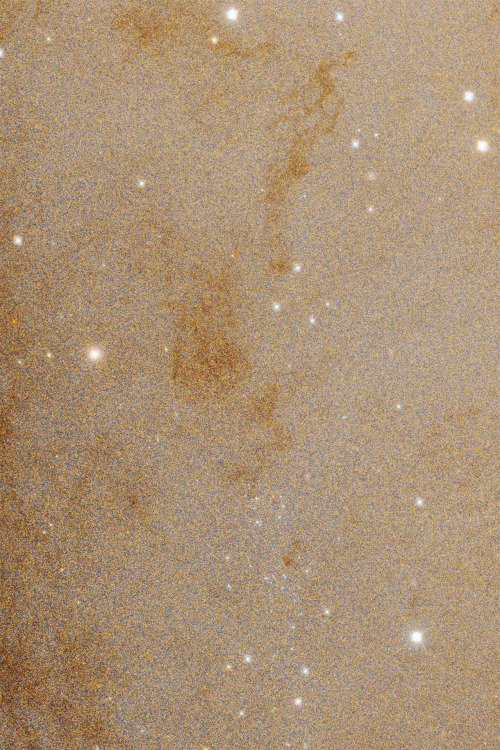
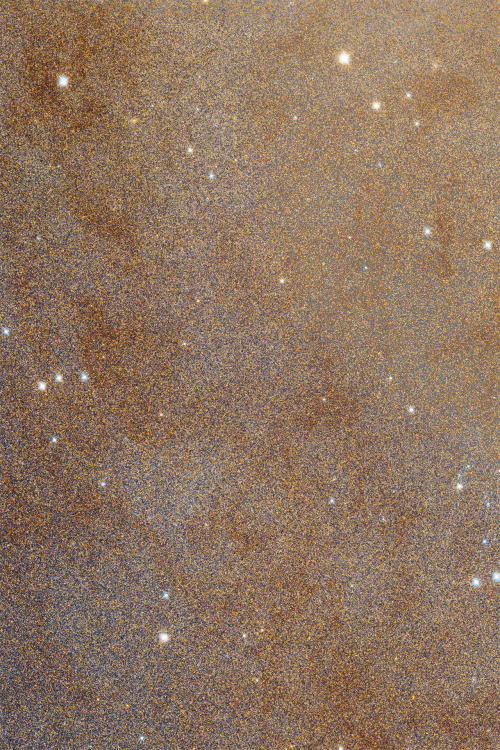
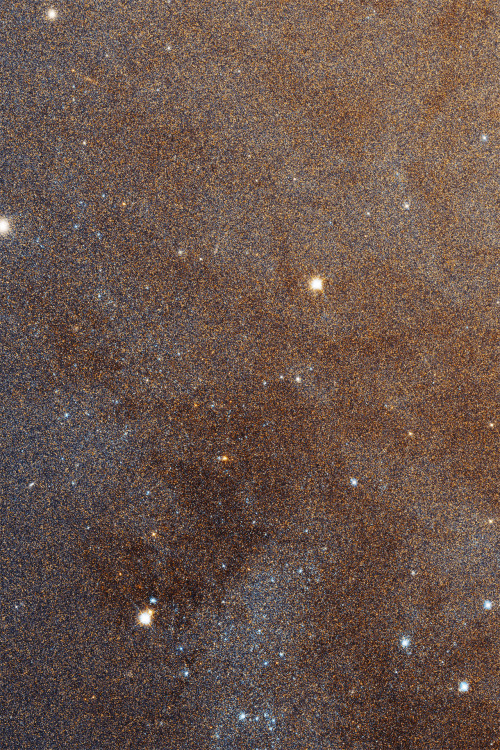
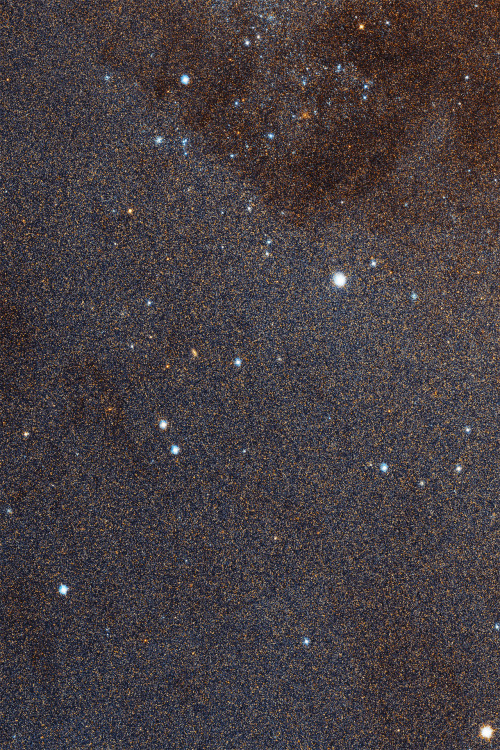
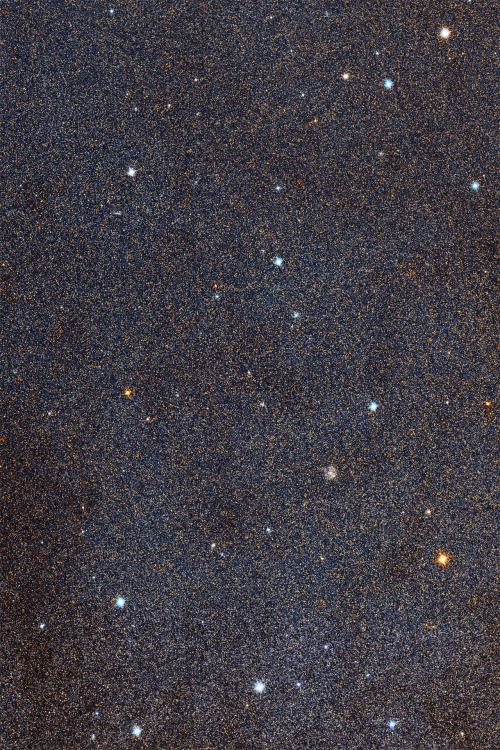
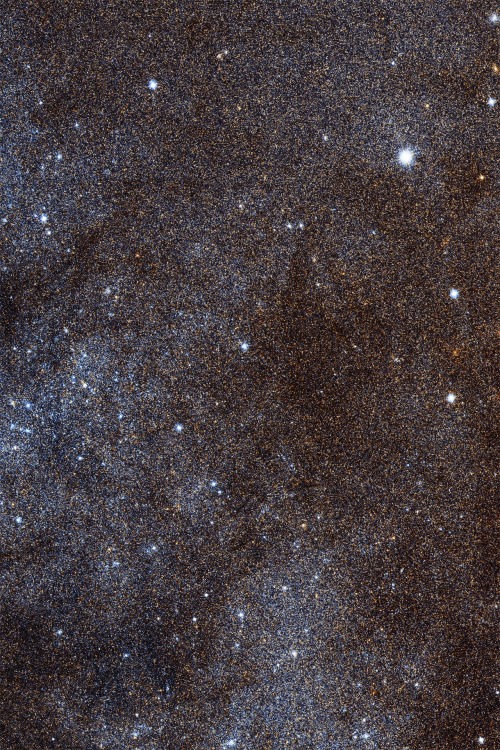
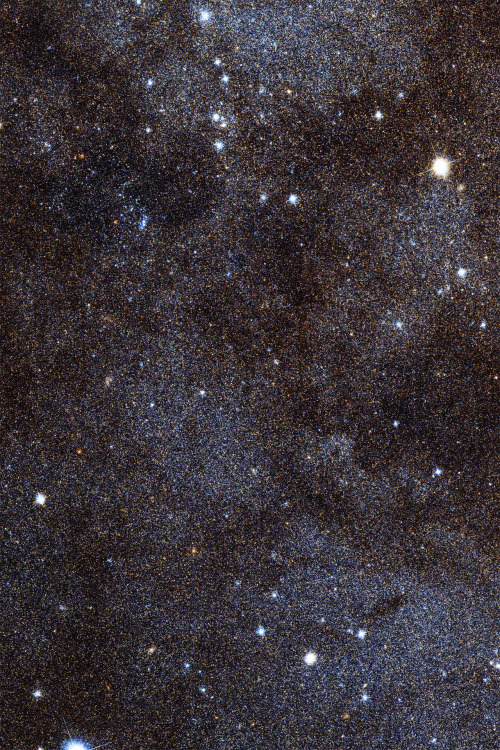
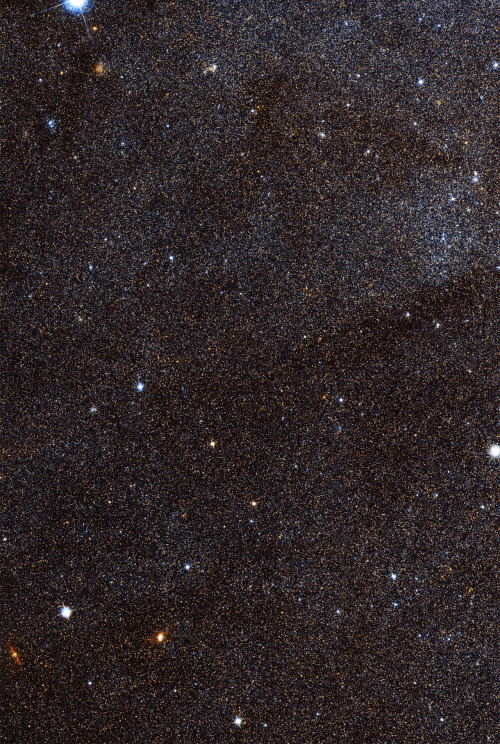
The largest image of the Andromeda Galaxy ever created. (69536 x 22230 pixels) Source; NASA/ESA Hubble Space Telescope
-
 sweetbutterbliss reblogged this · 4 years ago
sweetbutterbliss reblogged this · 4 years ago -
 sweetbutterbliss liked this · 4 years ago
sweetbutterbliss liked this · 4 years ago -
 paraparaparadigm reblogged this · 6 years ago
paraparaparadigm reblogged this · 6 years ago -
 playingjax liked this · 9 years ago
playingjax liked this · 9 years ago -
 simplekitty-themes reblogged this · 9 years ago
simplekitty-themes reblogged this · 9 years ago -
 bookwormfan1495 reblogged this · 9 years ago
bookwormfan1495 reblogged this · 9 years ago -
 mtnfemme reblogged this · 9 years ago
mtnfemme reblogged this · 9 years ago -
 geektii-blog liked this · 9 years ago
geektii-blog liked this · 9 years ago -
 adu101 liked this · 9 years ago
adu101 liked this · 9 years ago -
 themoonforall reblogged this · 9 years ago
themoonforall reblogged this · 9 years ago -
 calloutnevvegas liked this · 9 years ago
calloutnevvegas liked this · 9 years ago -
 asfodels-blog liked this · 9 years ago
asfodels-blog liked this · 9 years ago -
 fitb0b-blog liked this · 9 years ago
fitb0b-blog liked this · 9 years ago -
 blow-your-dreams-to-death liked this · 9 years ago
blow-your-dreams-to-death liked this · 9 years ago -
 ink-lights liked this · 9 years ago
ink-lights liked this · 9 years ago -
 yezi00 liked this · 9 years ago
yezi00 liked this · 9 years ago -
 yezi00 reblogged this · 9 years ago
yezi00 reblogged this · 9 years ago -
 abigail-sutter liked this · 9 years ago
abigail-sutter liked this · 9 years ago -
 cedarrrobin liked this · 9 years ago
cedarrrobin liked this · 9 years ago -
 see-ca liked this · 9 years ago
see-ca liked this · 9 years ago -
 my-phire liked this · 9 years ago
my-phire liked this · 9 years ago -
 therionravenwing reblogged this · 9 years ago
therionravenwing reblogged this · 9 years ago -
 tdavidiuk liked this · 9 years ago
tdavidiuk liked this · 9 years ago -
 vigoruos liked this · 9 years ago
vigoruos liked this · 9 years ago -
 space-m17-blog reblogged this · 9 years ago
space-m17-blog reblogged this · 9 years ago -
 paradoxfox-blog liked this · 9 years ago
paradoxfox-blog liked this · 9 years ago -
 therionravenwing liked this · 9 years ago
therionravenwing liked this · 9 years ago -
 cheepee702 liked this · 9 years ago
cheepee702 liked this · 9 years ago -
 restrantek-blog liked this · 9 years ago
restrantek-blog liked this · 9 years ago -
 jeancpd-blog liked this · 9 years ago
jeancpd-blog liked this · 9 years ago -
 paradoxfox-blog reblogged this · 9 years ago
paradoxfox-blog reblogged this · 9 years ago -
 mrhardyclay liked this · 9 years ago
mrhardyclay liked this · 9 years ago -
 ultra-sapatinhos-vermelhos-blog liked this · 9 years ago
ultra-sapatinhos-vermelhos-blog liked this · 9 years ago -
 pugmum1 reblogged this · 9 years ago
pugmum1 reblogged this · 9 years ago -
 astronautfilm reblogged this · 9 years ago
astronautfilm reblogged this · 9 years ago -
 inspirement liked this · 9 years ago
inspirement liked this · 9 years ago -
 mary-lu1-blog liked this · 9 years ago
mary-lu1-blog liked this · 9 years ago -
 tauko-tales liked this · 9 years ago
tauko-tales liked this · 9 years ago -
 ganglygoon liked this · 9 years ago
ganglygoon liked this · 9 years ago -
 pipevillaplana-blog liked this · 9 years ago
pipevillaplana-blog liked this · 9 years ago -
 wetwisteddreamer liked this · 9 years ago
wetwisteddreamer liked this · 9 years ago
I love space. I've been to space camp in Huntsville Alabama and I am planning on going every summer. I look forward to be an astronaut for nasa on the sls that is planned to be launched 2018. And the manned mission 2030. So yeah I won't let anything get in my way.
138 posts